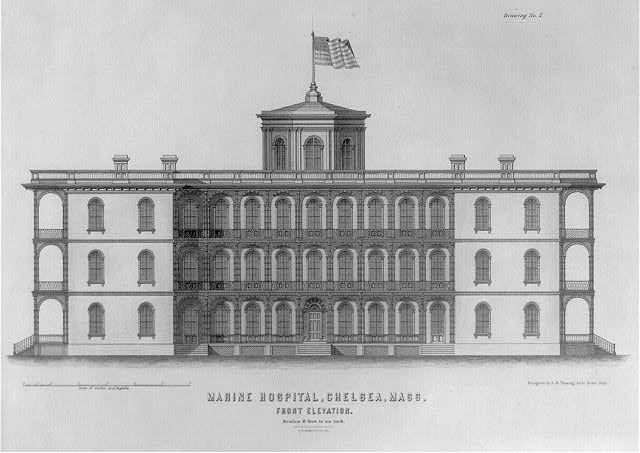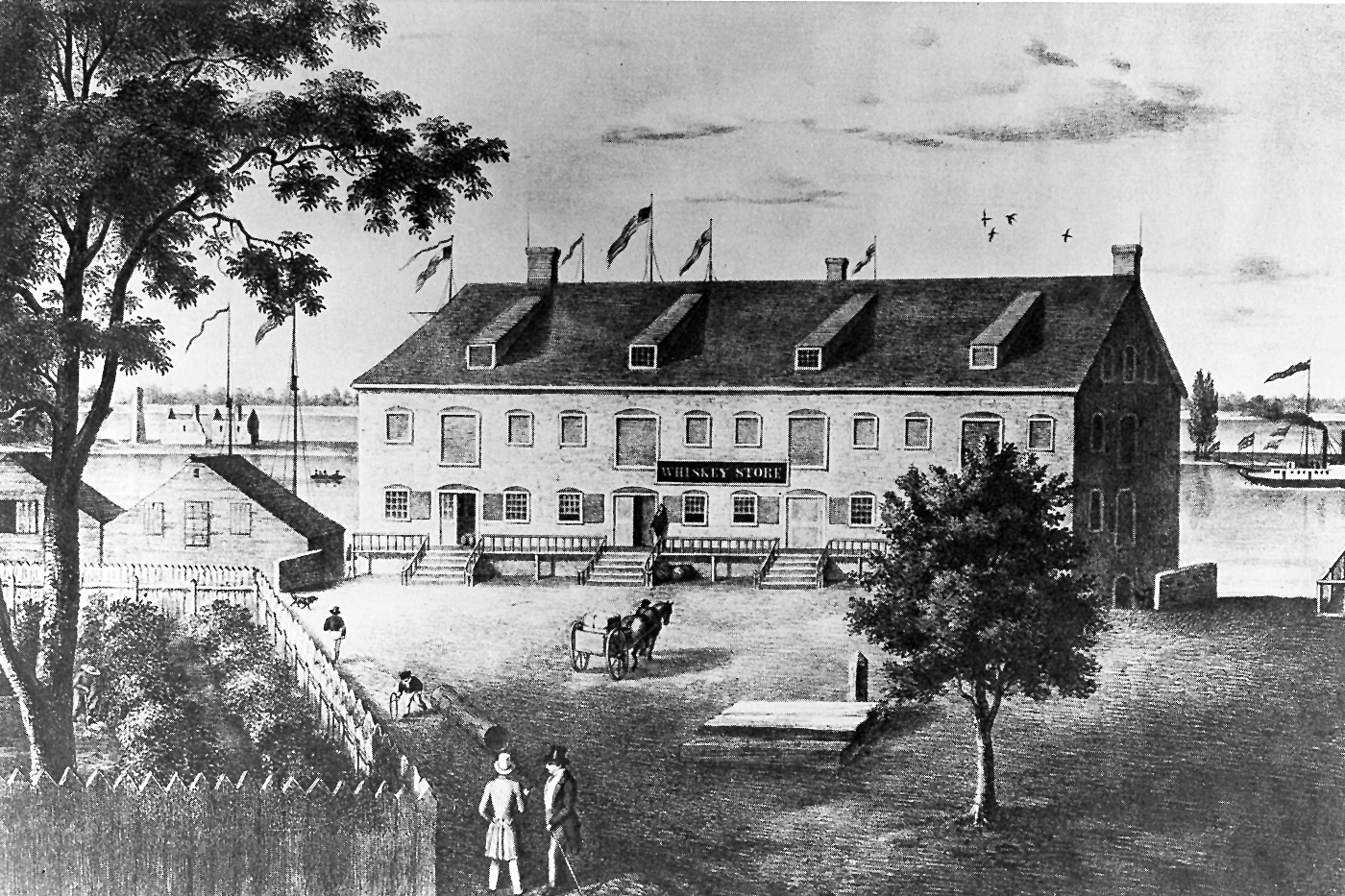
U.S. Custom House, Ogdensburg, New York, 1809-1810, Master Carpenter: Daniel W. Church.
Oldest Building in GSA Inventory Constructed
In 1810, David Parish, a German financier, constructed a a simple store and warehouse in Ogdensburg, New York. At the beginning of the nineteenth century, Ogdensburg was an important component of a regional distribution network for goods brought to upper New York State via the St. Lawrence River. The area around Ogdensburg was unsettled and remote; there were few roads and transportation of goods was extremely difficult. When the Parish Store was built, goods were brought up the St. Lawrence River, warehoused in Ogdensburg, and distributed regionally.
In 1811, Congress established the U.S. Customs District of Oswegatchie in Ogdensburg. According to local tradition, the Parish store likely housed U.S. Customs Service functions as early as 1811 until 1870 (when a new building was constructed to house government offices). In 1928, the district headquarters of the U.S. Customs Service was moved into leased space in the Parish Store; the U.S. Government subsequently purchased the building in 1936 and changed its name to the U. S. Custom House.
Visit the Robert C. McEwen U.S. Custom House, Ogdensburg, NY

 U.S. General Services Administration
U.S. General Services Administration
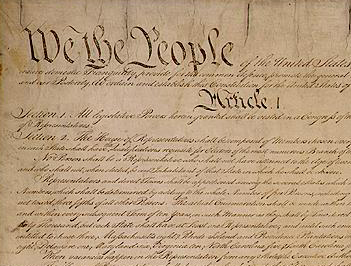
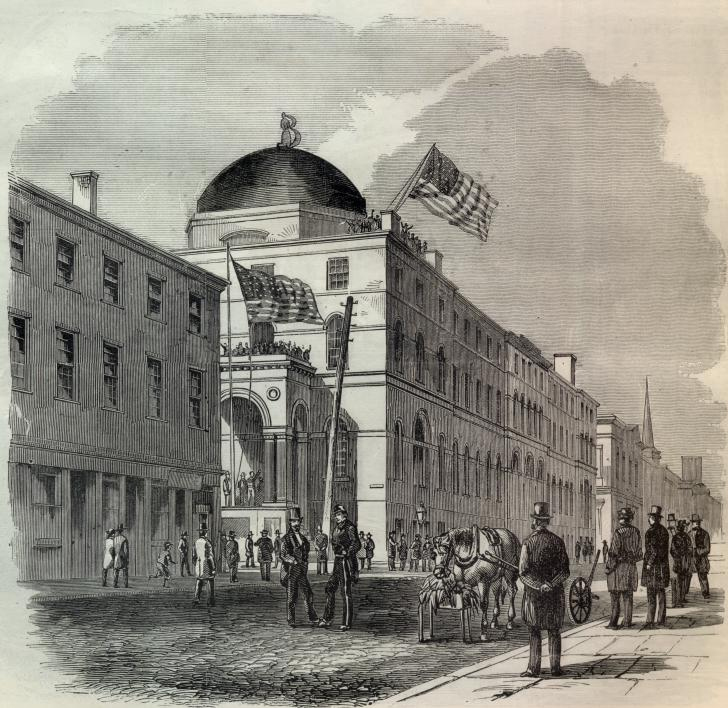
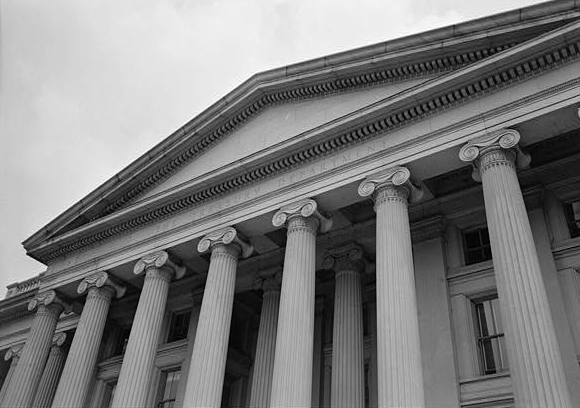
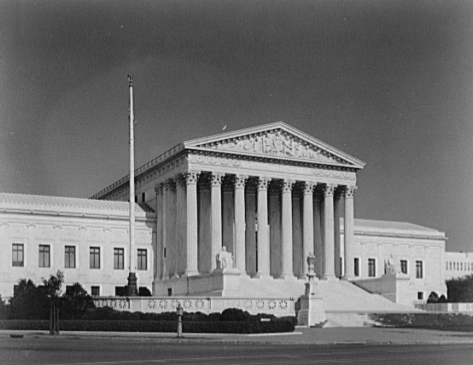
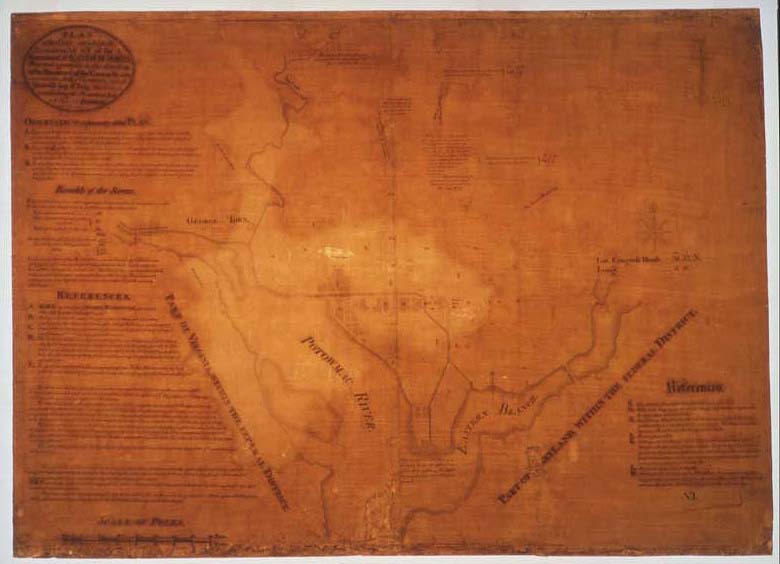
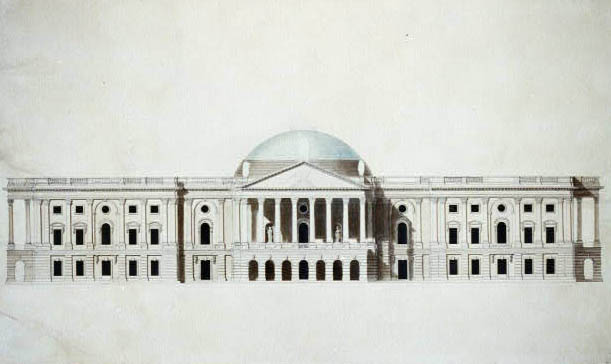
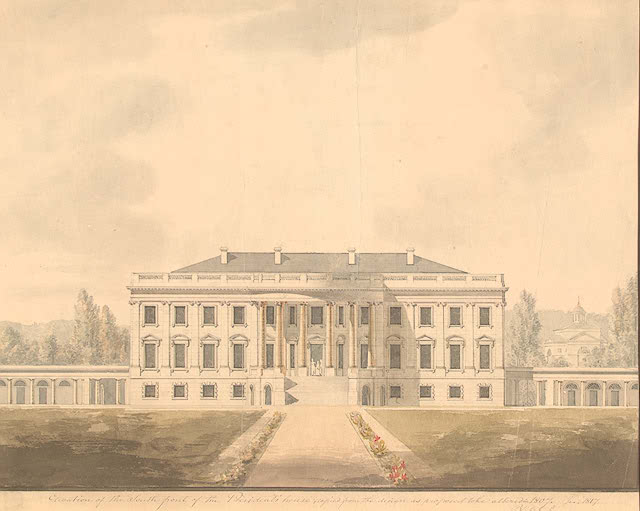

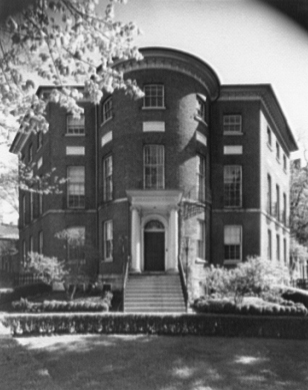
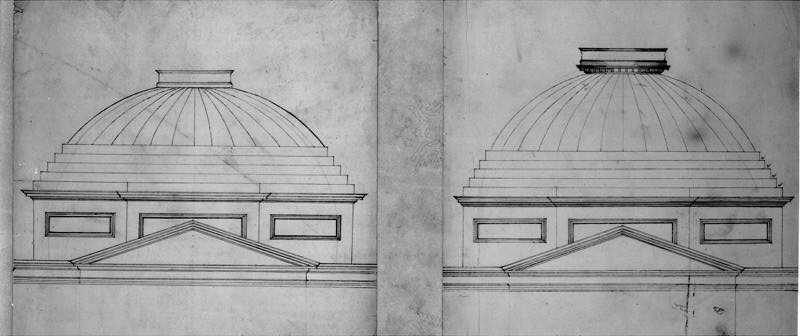
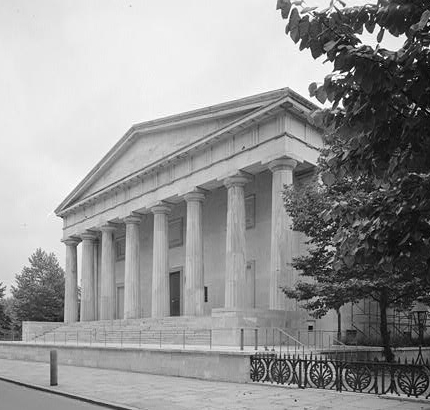
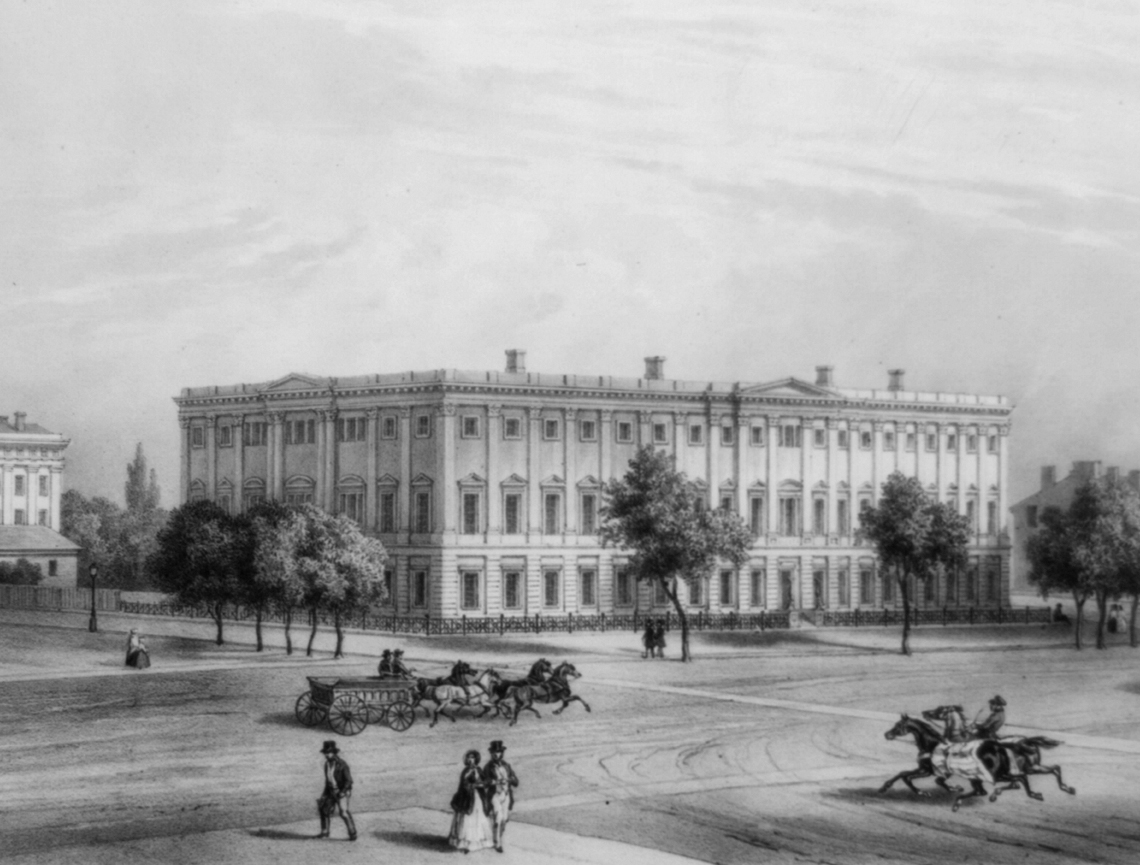
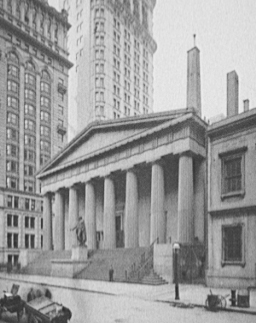
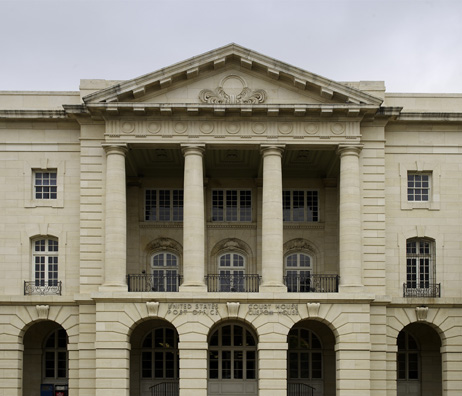
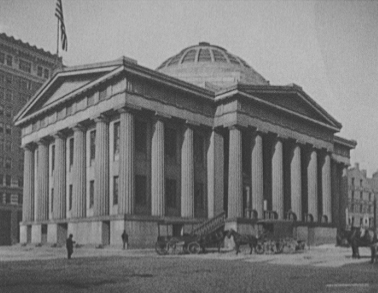
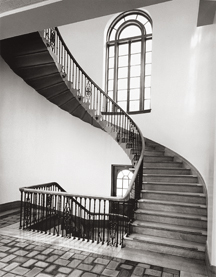
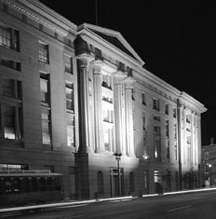
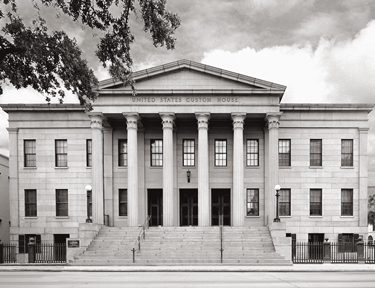
![U.S. Custom House [as planned], Charleston, South Carolina](https://origin-www.gsa.gov/system/files/ephox_images/charlestoncustomhouse_1473377532803.jpg)
